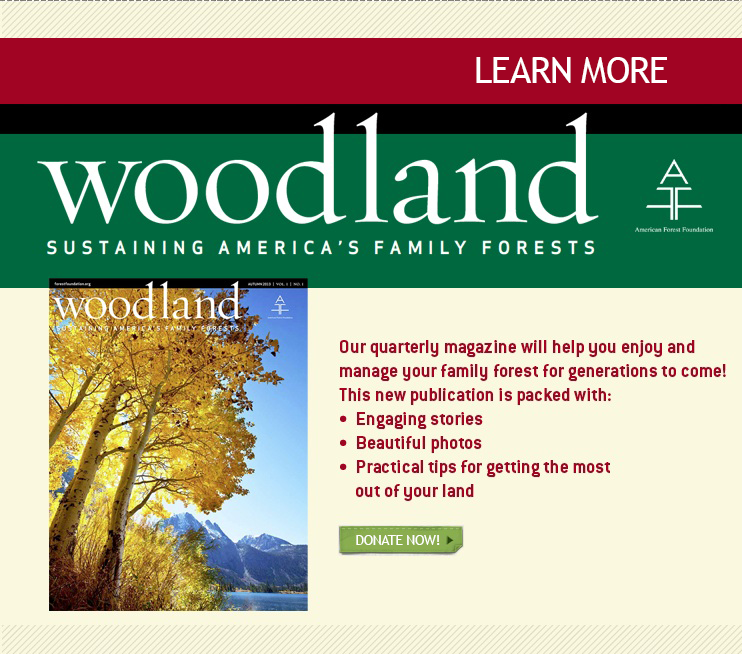Best Management Practices: The Top Eight Documents Every Tree Farmer Should Keep

During his three decades as head of an accounting firm, Tree Farmer Bill Jordan learned the importance of keeping records.
Clients came to him with incomplete files and missing receipts “more often than not,” Jordan says, even though saving the right stuff could spare them stress and heartache down the line. That’s why Jordan keeps careful records for his 1,870-acre Tree Farm in southeast Texas—and why he urges other Tree Farmers to do the same.
But what should you keep? Although each Tree Farm has its own unique paper trail, here are eight documents every Tree Farmer should hold on to:
Deeds.
A property deed doesn’t just record your ownership of your land— it also records the land’s exact location and boundaries. This can be critical information, says forester Michael J. Burns, program resource manager for the Family Forest program at the American Forest Foundation. “In my experience, most people don’t know where their property boundaries are,” he says. “They say good fences make good neighbors, but if you don’t know where your boundaries are, you won’t know where to put the fence.”
Management plan.
A complete and up-to-date management plan offers many advantages: it serves as an inventory of what’s on your property, a work plan for its future and proof that your Tree Farm is a business if you’re claiming a profit or loss at tax time. If you don’t already have a plan, a consulting forester can help you craft one. MyLandPlan.org offers help in finding a qualified forester and useful planning advice.
Property map.
This map shows not just boundary lines, but everything you value about your woods. Special sites, historic structures and stone walls, and changes in vegetation—for example, an area where pines give way to hardwoods—should all be recorded on your map. Hiring a professional surveyor to map your woods can prove especially valuable, says Jordan. MyLandPlan.org offers a mapping tool to assist woodland owners in identifying important features on their land.
Permits.
Keep permits for any activities that require them—whether it’s harvesting or planting trees, building roads or stream crossings, using pesticides or conducting controlled burns. They provide you with a reference for the next time you need to file for a permit, and they can protect you if the agency that granted you the permit loses it or claims you weren’t issued one.
“Permitting agencies tend to have short memories and long reaches,” Burns says, “so you want to keep permits forever.”
Contracts.
Make sure to keep all your contracts, along with proof of insurance and other contract requirements, for any contractors you hire. Spoken agreements won’t cut it; get any agreement to do work on your woods written down, and hold on to it.
Landowner liability insurance policies.
“You’ve worked hard to acquire your property and improve it,” says Burns, “so you want to protect it.” And protecting it means keeping records of any insurance you have for yourself, your property and any structures on it, and for anyone working on your land.
A copy of your state Best Management Practices (BMPs).
Copies of your state BMPs are usually available for free, and they offer you useful guidelines for working on your property. They can also help highlight parts of your land or facets of your management activities that could be improved.
Receipts, warranties and instruction manuals.
If you purchase supplies or tools for use on your Tree Farm, keep all the documentation that comes with them. These records can come in handy for replacing or repairing your purchases, logging your expenses for tax-deduction purposes, and ensuring that other family members can correctly use your Tree Farm equipment. “A little common sense goes a long, long way,” says Jordan, particularly when it comes to record-keeping. So when in doubt about a document, file it away. After all, each piece of paper chronicles life on your Tree Farm—recording, for your own satisfaction and for future generations, everything you’ve accomplished in your woods.










where is on farm land tree managements